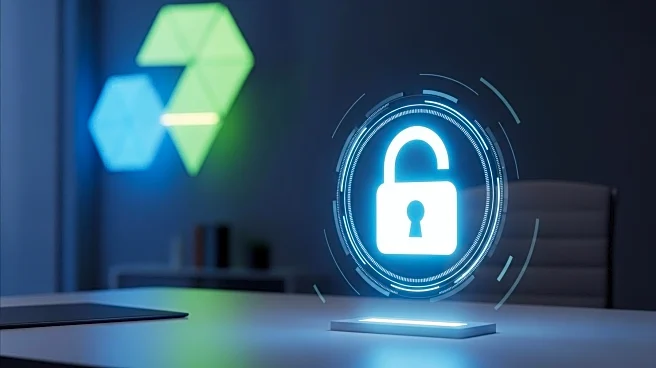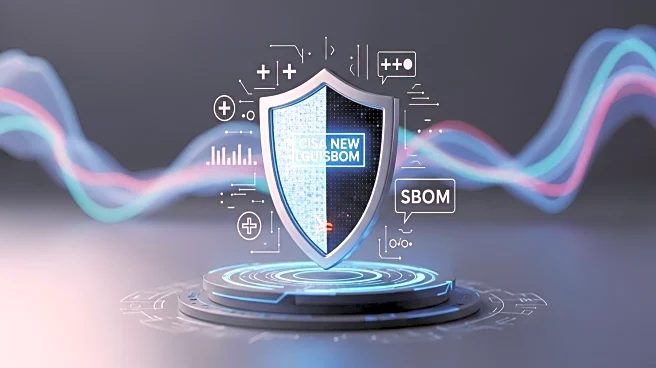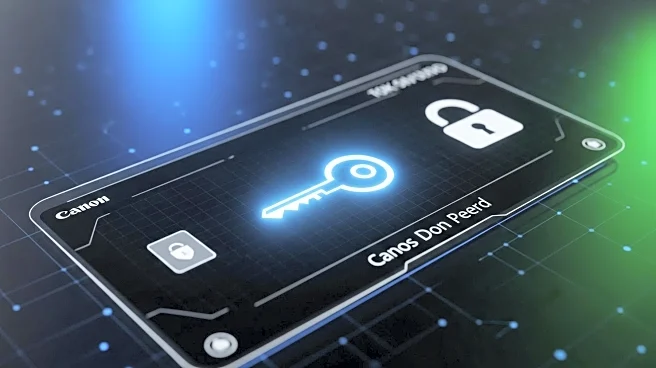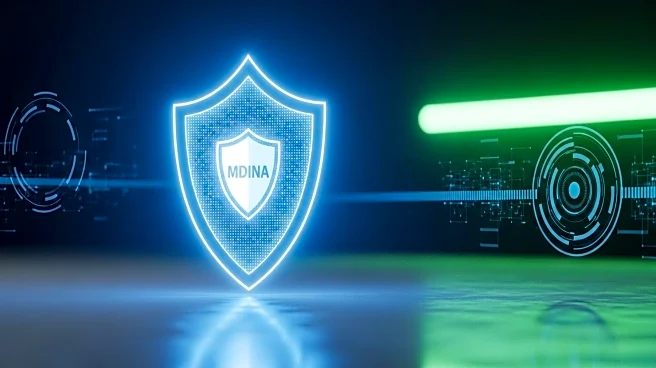Rapid Read • 8 min read
Higher education institutions are increasingly adopting zero trust, a cybersecurity strategy that emphasizes continuous authentication and verification of users and devices. This approach, based on the principle of 'never trust, always verify,' aims to enhance security by enforcing least-privilege access and focusing on identity, devices, networks, applications, workloads, and data. The Cybersecurity and Infrastructure Security Agency highlights the importance of visibility, analytics, automation, orchestration, and governance in implementing zero trust. Institutions like Virginia Commonwealth University (VCU) have adopted zero trust to secure remote access, replacing traditional VPNs with zero-trust network access (ZTNA) solutions. This shift is driven by the need for consistent protection across various user locations and seamless access to resources.
AD
The adoption of zero trust in higher education is crucial as institutions face increasing cybersecurity threats, especially with the rise of remote work and digital learning environments. By implementing zero trust, colleges and universities can better protect sensitive data and prevent unauthorized access. This strategy helps mitigate risks associated with outdated security models, such as traditional VPNs, which can expose networks to cybercriminals. The move towards zero trust also reflects a broader trend in cybersecurity, where organizations prioritize continuous verification and least-privilege access to safeguard their digital assets. As higher education institutions continue to modernize their IT infrastructure, zero trust offers a robust framework to address evolving security challenges.
As more higher education institutions adopt zero trust, they will likely invest in technologies such as multifactor authentication, network microsegmentation, and data loss prevention tools. These investments will support the implementation of zero trust principles and enhance overall cybersecurity posture. Institutions may also develop policies that align with zero trust, ensuring that access controls and authentication processes are continuously updated to reflect changing security needs. Additionally, the success of zero trust in higher education could influence other sectors to adopt similar strategies, further promoting the importance of cybersecurity in a digital-first world.
The shift to zero trust in higher education highlights the growing importance of cybersecurity in protecting academic and research data. This transition may also lead to increased collaboration between educational institutions and cybersecurity firms, fostering innovation in security technologies. Furthermore, as zero trust becomes more prevalent, it could drive changes in cybersecurity education, with institutions incorporating zero trust principles into their curricula to prepare students for careers in cybersecurity.
AD
More Stories You Might Enjoy










